V.G. Grabin. From postmen to gunsmiths
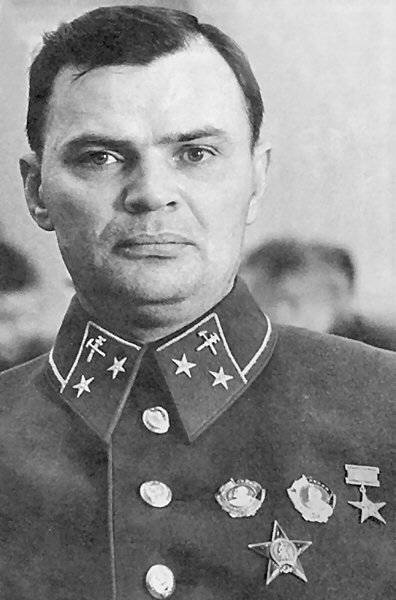 It would seem that the Krasnodar Post Office and the Energia Rocket and Space Corporation have in common? From 1914 to 20, a guy named Vasily worked at the first institution. It is unlikely that someone then could have guessed that in a few decades he would be the chief designer of the Central Scientific Research Institute No. XXUMX, which would later be included in the OKB-58 (the current “Energy”). Now, both in Krasnodar and in the Moscow region Korolev, on the corresponding buildings there are memorial plaques with the name of VG Grabin.
It would seem that the Krasnodar Post Office and the Energia Rocket and Space Corporation have in common? From 1914 to 20, a guy named Vasily worked at the first institution. It is unlikely that someone then could have guessed that in a few decades he would be the chief designer of the Central Scientific Research Institute No. XXUMX, which would later be included in the OKB-58 (the current “Energy”). Now, both in Krasnodar and in the Moscow region Korolev, on the corresponding buildings there are memorial plaques with the name of VG Grabin.All the twenties of the last century passed for the future great designer Vasily Gavrilovich Grabin as a period of constant study. First, the Petrograd Artillery School, and then the Military Technical Academy. Dzerzhinsky. After graduation, Grabin received an appointment to the design bureau of the Krasny Putilovets plant in 1930, and a year later he was transferred to KB No. XXUMX of the All-Union Arsenal Union. Soon, the two design bureaus, when combined, will be merged into a single VOAO design bureau, and in 2, it will be converted into GKB-32. By this time, Grabin was appointed first deputy head of the bureau. It should be noted that at that time GKB-38 was the only project organization involved in the artillery shells. True, Vasily Gavrilovich did not manage to be a deputy head for a long time - already in 38 the GKB-33 was disbanded, and most of the team was transferred to the Gorkov plant No. XXUMX. Here Grabin did not get the design work, but the adjustment of production. At this time, it shows the character for the first time - the middle of the 38's remained in stories our artillery difficult, if not a failure, period. Responsible workers Commissariat of Defense then believed that the barreled artillery is outdated and should give way to a dynamo. Soon, time will show that they were wrong, but Grabin did not wait for this and began to promote the idea of creating a special design bureau, working exclusively on the artillery artillery systems.
New KB
Grabin’s proposal first interested the People’s Commissar of Heavy Industry Sergo Ordzhonikidze, then I. Stalin supported him. The result of the support at the highest level was the complete “legalization” of design work at factory No. 92 - before that, the development of new tools was proceeding on an initiative basis, and the then director of the factory did everything in his way, Grabin was almost fired. First, a group of enthusiastic designers was officially made a design bureau, and then the plant received a new director, more loyal to the work of V.G. Grabin and his comrades. Already at that time, that approach to business was beginning to take shape, which would later allow the designers-Grabins to become one of the best teams creating artillery. For example, there is often a statement that Grabin already in the 30s began to attract physiologists to design work, who consulted designers on the subject of ergonomics of the product. In addition, the team led by Grabin learned how to create tools in a fantastic time: the record in time is development tank ZiS-6 guns (1941). The customer was given only 45 days to design it. To put it mildly, a little. But the design bureau managed - the first shot of the ZiS-6 was made 38 days after the start of work. There are still disputes about how Vasily Gavrilovich managed to motivate subordinates to such labor achievements.
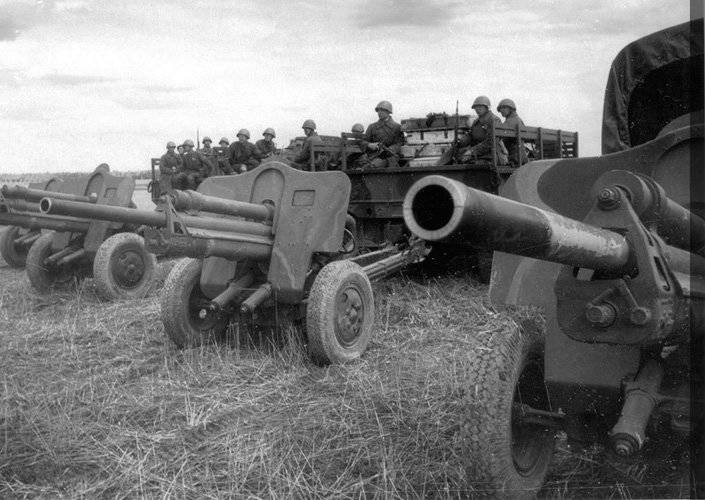
The first weapon created at the 92 plant was the 76-mm F-22 gun of the 1936 model of the year. In general, a good gun did not meet the expectations - at that time there was an opinion that divisional and antiaircraft mission could be combined in one gun. But soon the unpleasant feature of such universalism became clear: in order to work in one “direction”, it was necessary to change the design, sacrificing the characteristics of another. As a result, in 1939, F-22 was finalized and replaced with F-22USV or simply SPV. At the same time, Plant No. XXUMX made tank and anti-tank guns of various types, but the division's ZiS-92 gun of the 3 model of the year became the most famous creation of the Grabin designers. It is unlikely that anyone in 1942 could have assumed that ZIS-41 would become truly legendary. weaponstherefore, his first steps were not very successful. It so happened that the first copy of the ZIS-3 was completed on the 22 June 1941 of the year. The next day, factory testing began, and on July 22, an experienced gun was sent to Moscow. The work on ZIS-3, I must say, was started in May of the same year in a proactive manner. Among other things, this caused a negative reaction from the head of the GAU, Marshal GI. Kulik. He did not allow to start mass production of ZiS-3, but demanded to make those guns, the production of which has already been established. Then Grabin decided to launch the production of ZIS-3 at his own risk. Only not explicitly, but secretly. Even from the manual. Here, the use of a launcher similar to ZiS-3 on the ZIS-2 turned out to be very useful. However, the new gun, in contrast to the SPM, had a muzzle brake - a rather noticeable detail that the "conspirators" decided to do in the experimental workshop. There it was precisely possible to manufacture any parts without fear of “exposing”. And so, in early August, literally under cover of night, the trunks with muzzle brakes were sent to the assembly hall. In the morning, before the military acceptance, several new ZIS-3 appeared. The receptionists, of course, reported upstairs and soon Grabin was called to the telephone - Stalin called. The supreme commander demanded a constant increase in the number of products, even at the cost of some deterioration in performance. Here, the ZIS-3 “dealt a decisive blow” to SPM — with the same quality, it was almost three times cheaper. By the beginning of the 42, the ZIS-3 was finalized and put into a series. This gun was destined to become the most massive artillery of the Great Patriotic War - during the war years, more than 100 thousand units were built. For the creation of new cannons in 1941, Grabin received his first Stalin prize out of four, and in 1942, the Central Artillery Design Bureau (TsAKB) was established in Kaliningrad near Moscow.
War is over…
The post-war years for the CACB were not so successful as the previous ones. First, the troops had a huge amount of completely modern weapons, and secondly, their views on the war began to change. In 1946, the TsAKB was renamed the Central Scientific Research Institute of Artillery Armament (TsNIIAV), but this had little effect on the organization’s future work. By the end of the 40-s, the new C-60 anti-aircraft gun went into the series, and the main forces of the research institute Grabin directed to the creation of large-caliber systems. In addition, the concept of “duplexes” and “triplexes” was actively worked out - the placement of two or three types of guns on a unified gun carriage. For example, on the basis of one mast 180-mm C-23 gun, 210-mm howitzer C-33 and 280-mm mortar C-43 were developed.
However, due to some reasons, either tactical or undercover, only C-23 went into the series, and only in scanty quantities - only a few dozen of these guns were built. A duplex from the C-72 cannon and a C-73 howitzer was also worked out, but it didn’t go further than prototypes.
In addition, right after the war, work began on the C-40 anti-tank gun with a conical barrel (76 mm in the breech and 57 - in the muzzle). In such a barrel, the initial velocity of the projectile reached 1300 m / s, which made it possible to penetrate 280 millimeters of armor from a distance of half a kilometer. Also TsNIIAV did not ignore tank guns. By the 1949, the 130-mm C-130 gun for the EC-7 was created, but in the same year the work on this heavy tank was stopped. Need for a gun, respectively, was gone. At the end of 40-x and the beginning of 50-x, under the leadership of Grabin, ideas of an ejector for a tank gun, stabilization of a gun, automatic loader, etc. were worked out.
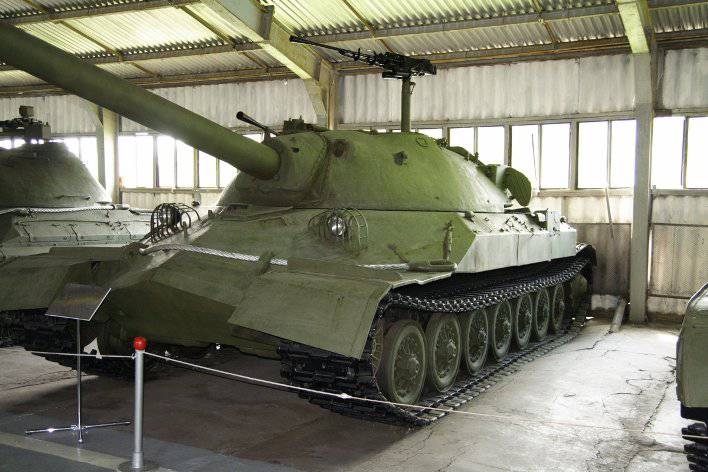
In the middle of 50-s, TSNII-58 (the next name of the Grabin Design Bureau, assigned after the organization was transferred to the jurisdiction of the Ministry of Medium Machine Building), was assigned a completely non-core task - to make a nuclear reactor. A group of physicists, headed by A. Aleksandrov, the future president of the USSR Academy of Sciences, was sent to help artillery designers. In July, the 58 th successfully launched the finished fast neutron reactor with the sodium coolant BR-5, located in Obninsk IPPE. Plutonium dioxide, being in the active zone of size 28x28 cm, allowed the reactor to be “overclocked” to the thermal power in 5 MW. At the beginning of the 70-x was reconstructed reactor, after which its capacity has doubled. From the middle of 80-x in the medical complex at the reactor began to conduct radiotherapy sessions for oknopatih. Research on the BR-5 reactor (BR-10 after reconstruction) was carried out until the 2002 year, after which it was muffled. In parallel with the reactor BR-5, the Grabin designers worked on power plants for spacecraft, more powerful nuclear facilities and other promising areas. And with 1957, the Central Research Institute-58 began to engage in equipment for guided artillery weapons and tanks.
July 1959 of the year turned out to be gloomy for Grabin. The Council of Ministers decided to introduce the Central Research Institute-58 into the space-based OKB-1. Vasily Gavrilovich tried for some time to resist this decision, but space was on the agenda. Soon, Grabin was included in the consulting group under the Minister of Defense, and in 60, he will become head of the department at the Moscow Higher Technical School. Bauman. In 1972, the October magazine began the publication of a designer’s memoir called “Victory Weapon”. A full edition of this book will be released by Politizdat only nine years after the death of the author - in 89.
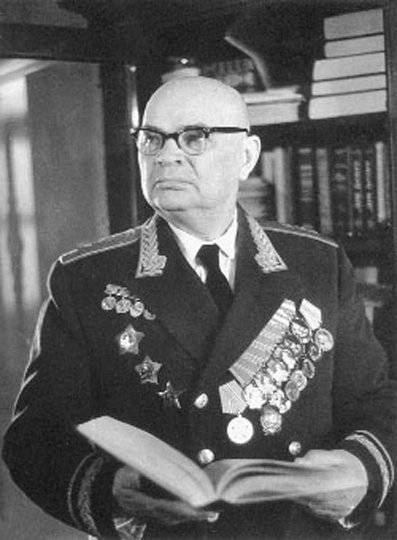 Who are you, Comrade Grabin?
Who are you, Comrade Grabin?The great designer Vasily Gavrilovich Grabin died more than thirty years ago, but disputes about how he managed to create a new weapon for a half or two months still go on. How did it significantly reduce the price of each new gun relative to the old one? Why did his design bureau work like a carefully tuned clock mechanism? Grabin has repeatedly said that the design engineer should do as much as possible on his own - from a sketch to implementation in production. He must think over the part, work out its production and carefully monitor how the part is done in production. Sometimes they say that Grabin had a strong-willed, hard, sometimes even cruel character. But the merits of Grabin-designer, perhaps, outweigh all the "totalitarian methods" of Grabin-leader. In addition, his most famous tools were created in the prewar period and during the Great Patriotic War. It is impossible not to agree, it was a difficult time, there was no time for sentiment.
The question may arise: why the projects of TsNIIAV, made after the war, did not have much success? There are a lot of versions. Some concern changes in the military-political situation, others focus on missiles, and others “nod” towards some of the top military leaders. Thus, A. Shirokorad in his works almost directly accuses Grabin of post-war failure and constant transformations of his design bureau D.F. Ustinov. According to Shirokorad, Ustinov has held a grudge since he himself was Commissar of Arms. But the true causes of the problems of TsACB, TsNIIAV and TsNII-58 are unlikely to be established, at least beyond the prescription of events. Nevertheless, despite all the difficulties and hardships that stood in the way, V.G. Grabin will forever remain in history as the designer of the most massive and one of the best weapons of the Second World War - the ZIS-3 divisional cannon.
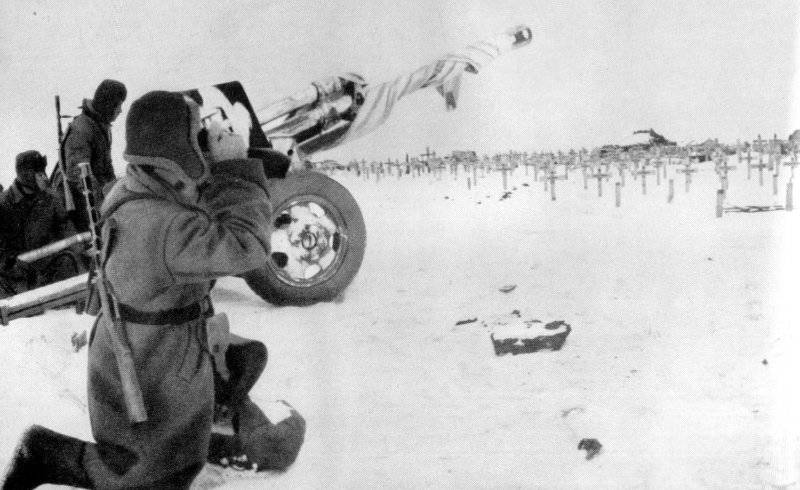
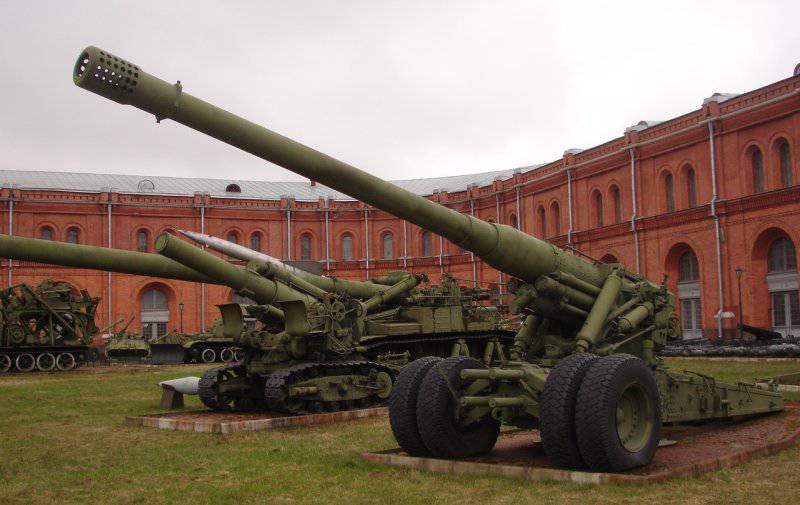
Information